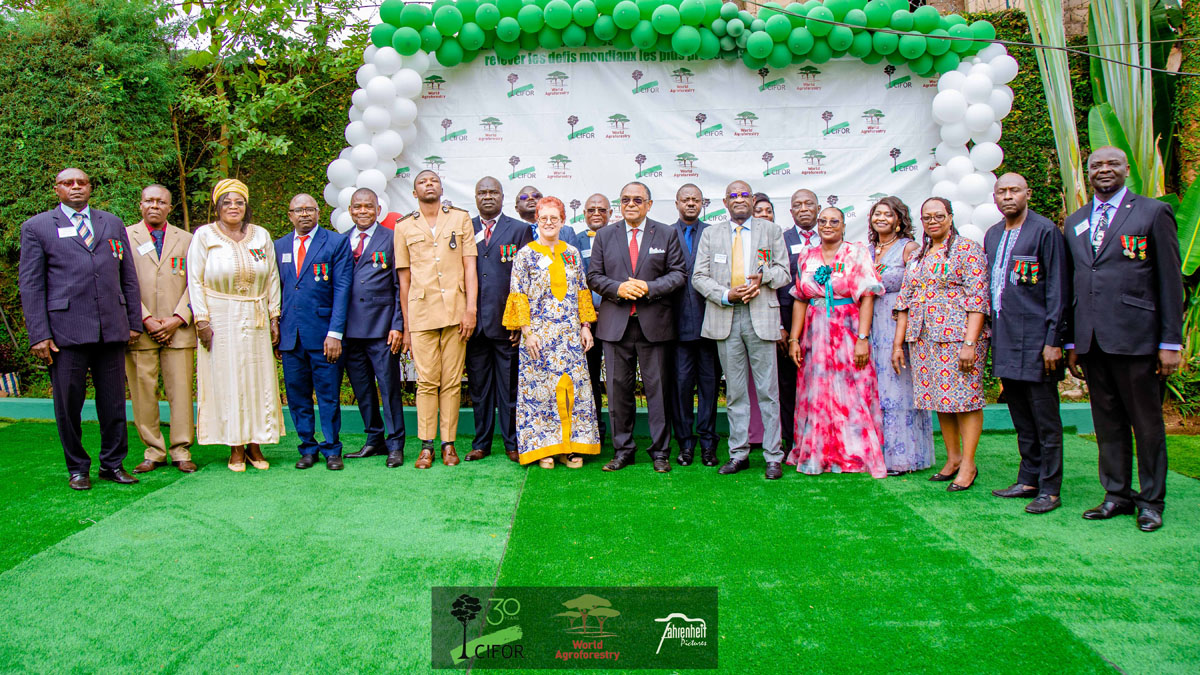With increasing forest devolution globally, community forest enterprises (CFEs) are emerging as potential options for local development based on forest resources. CFEs trade to meet their economic, social, and environmental goals; however, empirical studies have highlighted capacity deficiencies as key drawbacks to their development. Knowledge of what these capacity gaps are is low. This paper uses a systematic framework to explore capacity and deficiencies in capacity and the relation between the two in CFEs in Cameroon. Using the contextualized organizational capacity theory in combination with asset-based community development theory, data was gathered from 31 CFEs based on focus group discussions. Principal component analysis and descriptive statistics were used to evaluate community capacity at individual, organizational (CFE), and network levels. Pearson correlation tests were used to explore the relationships between different domains of community capacity. The results indicate that community members and development practitioners agree that communities are weak in creating partnerships, networking, and resource mobilization. The participatory community evaluation highlights major capacity gaps in infrastructure, skills and knowledge of members, and sense of community. This confirms that capacity gaps were larger at the individual and social network level, where, except for a sense of community and resource mobilization, organizational capacity scored higher. Although the capacities of individual members of CFEs are generally low, these capacities correlate strongly with organizational capacity; thus, the potential of the CFEs to meet objectives depends a lot on the capacities of individual members and networking capacity, indicating that these should be prioritized in development efforts, which should be a process involving multiple stakeholders, with policy support and participation by the entire community.
DOI:
https://doi.org/10.1016/j.envdev.2023.100884
Altmetric score:
Dimensions Citation Count:























